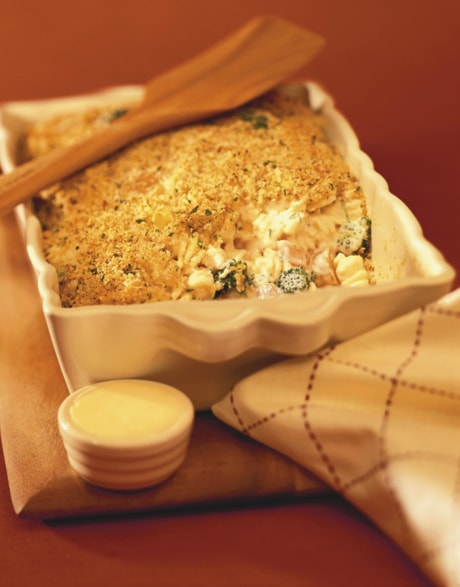HALIFAX — As implacable winter envelops us in a blanket of ice and snow we look for ways both simple and familiar to stave off the cold, a little something to warm both belly and soul.
They are often found in the memories of childhood — the earthy aromas of cinnamon or cloves, the creamy texture of a hearty sauce or broth or the slow velvety feel of something sweet melting on the tongue.
Winter comfort foods may be many things to many people, but they all tend to improve our well-being, perhaps fulfilling some psychological need for warmth, both physical and emotional.
“They speak to me of my childhood, to things that make me feel warm and relaxed,” says Ted Grant, an instructor at the Culinary Institute of Canada in Charlottetown.
Grant admits to a fondness for macaroni and cheese, but now that he’s a professional chef he’s been able to amp it up a bit from the boxed and boiled version that brought him joy in his youth.
“Now as a chef I’ll make a real nice cheesy sauce and, if I’m at home, have maybe a nice homemade noodle for it,” he says, admitting to a fondness for shepherd’s pie as well.
But even that layered delight has taken on a new form.
His wife is a naturopathic doctor and he says he’s made some concessions to her belief in healthy eating.
“I will use ground turkey and sweet potato. She is helping redefine my view of comfort food,” says Grant with a laugh.
“Years ago I would have loved the fatty mashed potato with ground beef or maybe some nice game meat in there, but she’s changing my view there — a little bit,” he confesses. “Her idea of comfort food is things that make the body healthy.”
For Grant, even deepest winter, when nothing grows, brings a seasonal focus to his kitchen in the form of spices and dried herbs.
“Comfort is smelling those scents and picking up those flavours on the palate. You can’t make a hot apple cider without cinnamon and cloves.”
Grant says there are also guilt-free ways to enjoy sweets while experiencing a nostalgic nosh by avoiding refined sugar and using items like maple or agave syrup and honey.
“You can make fudges and great cookies. You can serve a child a cup of hot chocolate sweetened with honey rather than white sugar and they’re not going to pick up on it.”
For Markus Ritter, owner and executive chef at the Europa Inn in St. Andrew’s, N.B., winter is all about comfort and warmth, an approach that drives the menu.
“It’s a time for darker flavours, more earthy and spicy, satisfying — not overfilled — but warm from the inside,” he says of his seasonal offerings.
“It’s sitting by a fire, candlelight and a nice thick sweater, feeling warm and cosy.”
Ritter takes many of his culinary cues from his lengthy experience in kitchens in Austria and Switzerland as well as memories of his mother’s and grandmother’s cooking in the Bavaria of his childhood.
“My grandmother used to make sauerbraten,” he says of the German pot roast that’s marinated before cooking and served with red cabbage and dumplings or noodles.
“I also like duck sometimes, heavy food in the winter time. That’s comfort food for me.”
Like Grant, Ritter is not afraid to take a traditional dish and give it a grown-up twist.
“You have to be innovative sometimes and try something new. That’s what we’re trying to do here.”
His desserts include a homemade cinnamon ice cream with warm raspberries as well as European-style cheesecakes.
